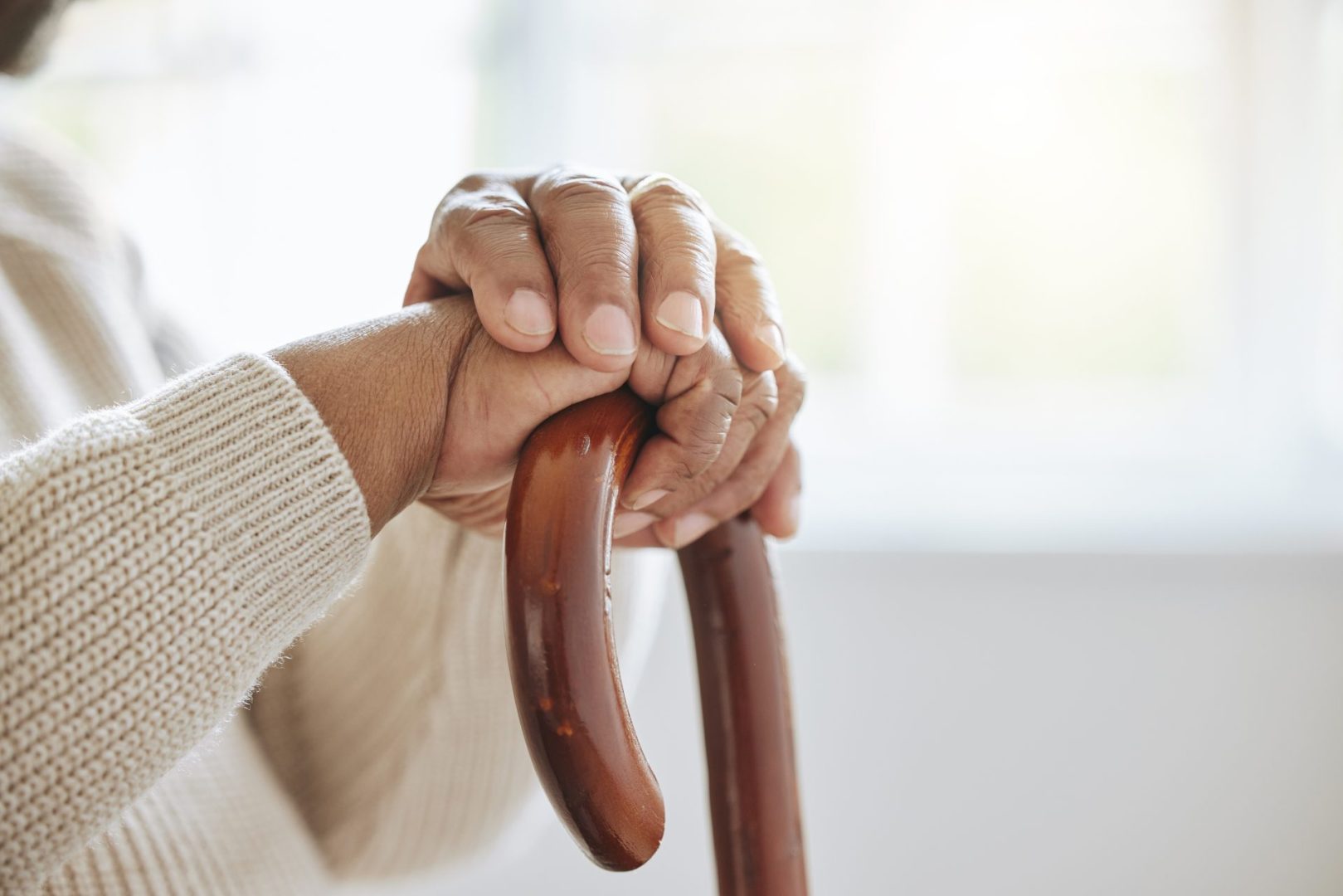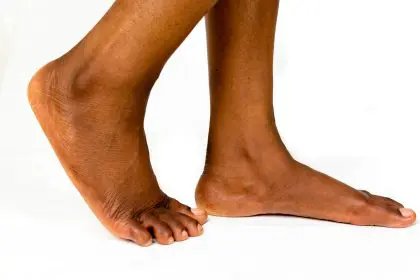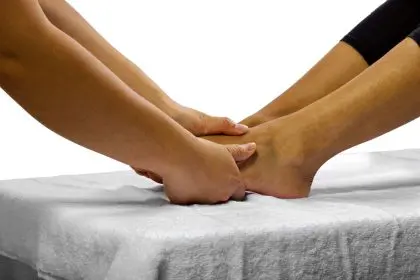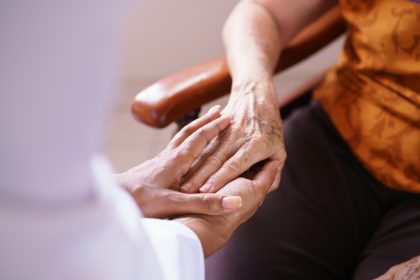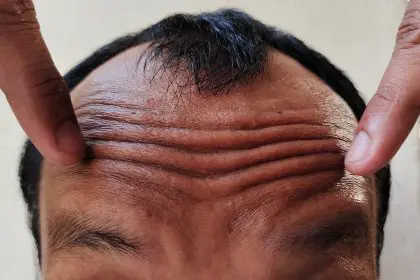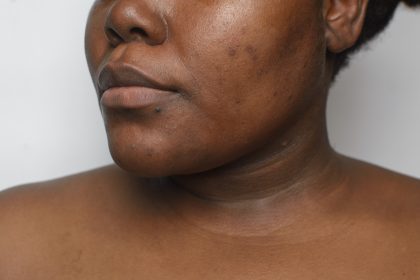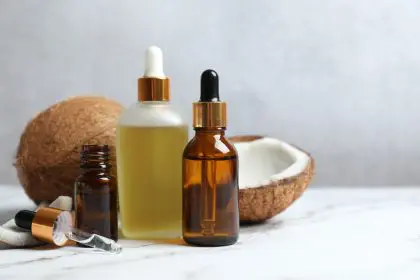The mirror might lie about your age when you focus on your face, but your hands tell the brutal truth. While you’ve invested countless hours and dollars perfecting facial skincare routines, your hands have been silently aging at an accelerated pace, developing telltale signs that instantly broadcast your real age to anyone who looks closely.
This devastating reality hits many people suddenly when they notice their hands in photographs or catch a glimpse of them during video calls. The contrast between a carefully maintained face and neglected hands becomes jarring, creating an age disconnect that can’t be hidden with makeup or flattering angles.
The hands age faster than any other part of the body due to their unique combination of thin skin, constant exposure to environmental damage, and frequent use of harsh chemicals. Unlike facial skin that receives daily attention and protection, hand skin endures abuse while remaining largely ignored in most people’s beauty routines.
Understanding why hands age prematurely and how to reverse existing damage becomes crucial for anyone seeking a cohesive, youthful appearance. The good news is that hand aging, while more advanced than facial aging in many cases, responds dramatically to targeted interventions when addressed properly.
The anatomy of hand aging
Hand skin differs fundamentally from facial skin in ways that accelerate visible aging. The back of hands contains significantly less subcutaneous fat and fewer sebaceous glands, making them naturally drier and more susceptible to environmental damage than facial skin.
Collagen and elastin fibers in hand skin are thinner and less dense than those found in facial tissue. This structural difference means that hands develop wrinkles, creases, and sagging earlier and more dramatically than faces, even when both areas receive similar environmental exposure.
Blood vessel visibility increases with age as hand skin becomes thinner and loses its natural padding. The prominent veins and tendons that become visible through aging hand skin create an instantly recognizable sign of advancing age that’s difficult to camouflage.
Bone structure changes in hands become apparent as skin thins and soft tissue volume decreases. The skeletal framework becomes more prominent, creating the characteristic bony, angular appearance associated with elderly hands even in relatively young people.
Melanocyte distribution in hand skin creates uneven pigmentation patterns that worsen with age and sun exposure. These cells produce melanin irregularly across hand surfaces, leading to the age spots and uneven skin tone that make hands appear decades older than they are.
Sun damage accumulation over decades
Hands receive more cumulative sun exposure than almost any other body part, yet rarely benefit from consistent sun protection. This oversight creates devastating long-term consequences that manifest as premature aging, hyperpigmentation, and increased skin cancer risk.
Daily activities expose hands to UV radiation constantly through car windows, office windows, and outdoor activities. Unlike facial sun exposure that people often consider and protect against, hand sun exposure happens unconsciously throughout normal daily routines.
Windshield and window glass block UVB rays but allow UVA radiation to pass through, creating silent hand damage during commuting and indoor activities near windows. This UVA exposure contributes to deep skin damage and premature aging without the warning signs of sunburn.
Seasonal sun exposure variations create irregular protection habits where people remember sunscreen during beach vacations but ignore daily hand protection during routine activities. This inconsistent protection allows cumulative damage to accelerate during unprotected periods.
Reflection and indirect sun exposure from surfaces like water, sand, snow, and concrete amplify UV damage to hands during outdoor activities. These reflected rays often reach hands from multiple angles, creating more comprehensive damage than direct overhead sun exposure alone.
Chemical assault from daily life
Modern daily routines expose hands to harsh chemicals that strip natural oils, disrupt skin barriers, and accelerate aging processes. These chemical exposures happen so frequently that most people don’t recognize their cumulative aging effects.
Household cleaning products contain surfactants, solvents, and other chemicals that dissolve protective skin lipids and disrupt the skin’s natural pH balance. Regular exposure to these products without proper protection creates chronic inflammation and premature aging.
Hand sanitizers, while necessary for hygiene, contain high concentrations of alcohol that dehydrate skin and strip natural protective oils. The frequent use of sanitizers, especially during health crises, can rapidly age hands when not balanced with intensive moisturizing.
Dish soap and laundry detergents designed to remove grease and stains also remove the skin’s natural protective barrier. Hot water compounds this damage by opening pores and allowing chemicals to penetrate deeper into skin layers.
Hair products, makeup, and skincare products that hands touch during application often contain ingredients that are beneficial for their intended use but damaging to hand skin. These indirect chemical exposures accumulate over time without conscious awareness.
Professional chemical exposures in healthcare, food service, cleaning, and industrial work create accelerated hand aging in people who work with their hands. Even with protective equipment, some chemical exposure is inevitable and creates occupational hand aging patterns.
The neglect factor in skincare routines
Most skincare routines end at the neck, leaving hands to fend for themselves against environmental damage and natural aging processes. This neglect creates a stark contrast between pampered facial skin and abandoned hand skin.
Morning skincare routines typically include cleansing, serums, moisturizers, and sun protection for faces while hands receive at most a quick hand cream application. This disparity in care creates visible age differences between face and hands over time.
Evening skincare rituals often involve multiple anti-aging products, treatments, and intensive moisturizing for faces while hands get washed with harsh soap and maybe a basic lotion. The regenerative benefits of nighttime skincare routines remain unavailable to neglected hands.
Product application techniques for hands often involve rubbing excess facial products onto hands rather than using products specifically formulated for hand skin needs. This approach provides minimal benefits while creating false confidence about hand care adequacy.
Consistency in hand care remains poor even among people with elaborate facial skincare routines. The habit formation that creates religious facial care doesn’t typically extend to hands, creating sporadic protection and treatment.
Hormonal changes accelerating hand aging
Hormonal fluctuations throughout life significantly impact hand skin thickness, elasticity, and appearance, often creating rapid aging spurts that shock people with their sudden onset and severity.
Estrogen decline during perimenopause and menopause dramatically affects collagen production and skin thickness throughout the body, with hands showing these changes particularly dramatically due to their already thin skin structure.
Thyroid hormone imbalances affect skin cell turnover rates and moisture retention capacity. Both hyperthyroid and hypothyroid conditions can create rapid changes in hand appearance that make them look significantly older than chronological age would suggest.
Insulin resistance and diabetes create glycation processes that damage collagen and elastin fibers in skin. This damage appears first and most noticeably in hands, creating premature aging that progresses rapidly without proper metabolic management.
Cortisol elevation from chronic stress breaks down collagen and impairs skin repair processes. Hands show stress-related aging particularly clearly because they lack the robust support structures found in facial skin.
Growth hormone decline with age reduces the skin’s ability to repair daily damage and maintain thickness. This decline affects hands disproportionately because they sustain more daily damage than protected facial skin.
Lifestyle factors that age hands rapidly
Certain lifestyle choices and habits create accelerated hand aging that can make them appear decades older than a person’s actual age. These factors often compound each other, creating dramatic aging effects.
Smoking restricts blood flow to extremities, including hands, while introducing toxins that break down collagen and elastin. Smokers’ hands often appear significantly older than their faces due to reduced circulation and direct chemical exposure.
Dehydration affects hand appearance dramatically because the thin skin loses plumpness and elasticity quickly when cellular hydration drops. Chronic mild dehydration creates persistent aging effects that worsen over time.
Poor nutrition lacking in essential fatty acids, antioxidants, and collagen-supporting nutrients shows up first in hands because they have fewer resources to maintain themselves compared to vital organs and facial skin.
Excessive alcohol consumption dehydrates skin while interfering with nutrient absorption and liver function. These effects compound to create premature hand aging that progresses rapidly with continued excessive consumption.
Sleep deprivation impairs cellular repair processes throughout the body, but hands show these effects quickly because they sustain daily damage that requires consistent overnight repair to prevent accumulation.
Environmental damage beyond sun exposure
Indoor and outdoor environmental factors create ongoing hand damage that accelerates aging through mechanisms beyond simple UV exposure. These factors often work synergistically to create comprehensive aging effects.
Air pollution contains particulates and chemicals that create oxidative stress and inflammation in exposed skin. Hands receive direct contact with polluted surfaces and air, creating constant exposure that accumulates over time.
Wind exposure desiccates hand skin and creates micro-abrasions that accelerate aging. Outdoor workers and people in windy climates experience accelerated hand aging from constant air movement and pressure changes.
Temperature extremes cause repeated expansion and contraction of skin structures, breaking down elastin fibers and creating premature wrinkles and sagging. Both extreme cold and heat contribute to accelerated hand aging.
Low humidity environments, particularly heated indoor spaces during winter, constantly draw moisture from hand skin. This chronic dehydration creates ongoing aging stress that compounds over time.
Hard water with high mineral content leaves deposits on skin that disrupt natural pH balance and barrier function. These mineral deposits create ongoing irritation that accelerates aging processes in sensitive hand skin.
The genetics and predisposition component
Genetic factors significantly influence how rapidly hands age and how dramatically aging signs appear. Understanding these predispositions helps explain why some people’s hands age more rapidly than others despite similar lifestyles.
Skin thickness genes determine baseline hand skin thickness and resilience. People with genetically thinner skin show aging signs earlier and more dramatically than those with naturally thicker, more resilient skin.
Collagen production genetics affect how well hands maintain structural support over time. Genetic variations in collagen synthesis create different aging timelines even among people with similar environmental exposures.
Melanin production patterns inherited from parents determine susceptibility to age spots and uneven pigmentation. Some genetic backgrounds create more dramatic pigmentation changes with age and sun exposure.
Circulation genetics influence blood flow to extremities and affect how well hands receive nutrients and remove waste products. Poor circulation genetics accelerate hand aging through reduced cellular support.
Repair mechanism genetics determine how effectively hands can recover from daily damage. Some people inherit more efficient DNA repair and cellular regeneration systems that slow visible aging processes.
Proven solutions for younger-looking hands
Reversing hand aging requires targeted approaches that address the specific challenges hands face while working within their unique structural limitations. Effective interventions focus on protection, repair, and prevention.
Daily sun protection becomes non-negotiable for preventing further damage and allowing existing damage to heal. Broad-spectrum sunscreen applied to hands every morning and reapplied throughout the day creates the foundation for all other anti-aging efforts.
Intensive moisturizing with products specifically formulated for hand skin addresses the hydration challenges that accelerate aging. Look for ingredients like ceramides, hyaluronic acid, and urea that restore barrier function and bind moisture effectively.
Chemical exfoliation using alpha hydroxy acids or beta hydroxy acids removes damaged surface cells and stimulates cellular turnover. This reveals fresher skin while encouraging collagen production and improving texture and tone.
Retinoid treatments adapted for hand use stimulate collagen production and improve skin thickness over time. Start with lower concentrations and gradually increase tolerance while monitoring for irritation in the sensitive hand area.
Professional treatments including chemical peels, laser therapy, and injectable fillers can address advanced aging signs that topical treatments cannot improve. These interventions require qualified practitioners experienced in hand rejuvenation.
Protective habits throughout daily life shield hands from ongoing damage while treatments work to repair existing aging. Wear gloves during cleaning, use tools instead of bare hands when possible, and maintain consistent care routines.
The devastating reality that hands reveal true age more accurately than faces serves as a wake-up call for comprehensive anti-aging approaches. By understanding the unique challenges hands face and implementing targeted solutions, it’s possible to achieve age-appropriate hands that match a youthful face and overall appearance.

